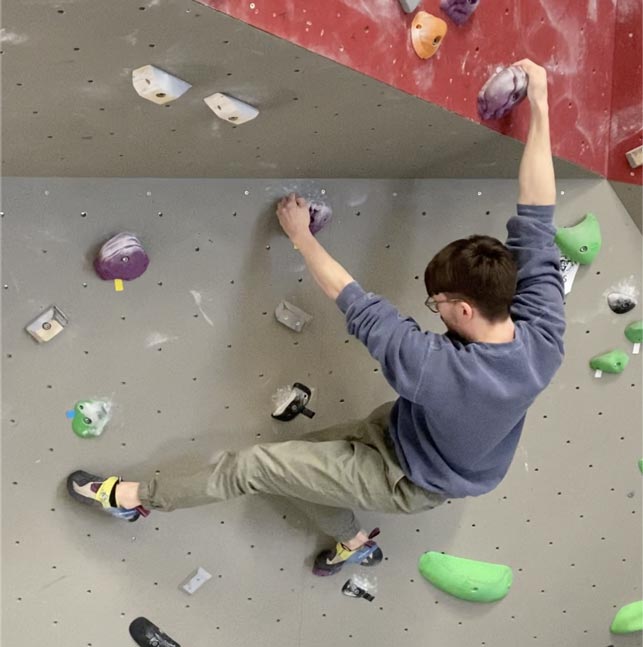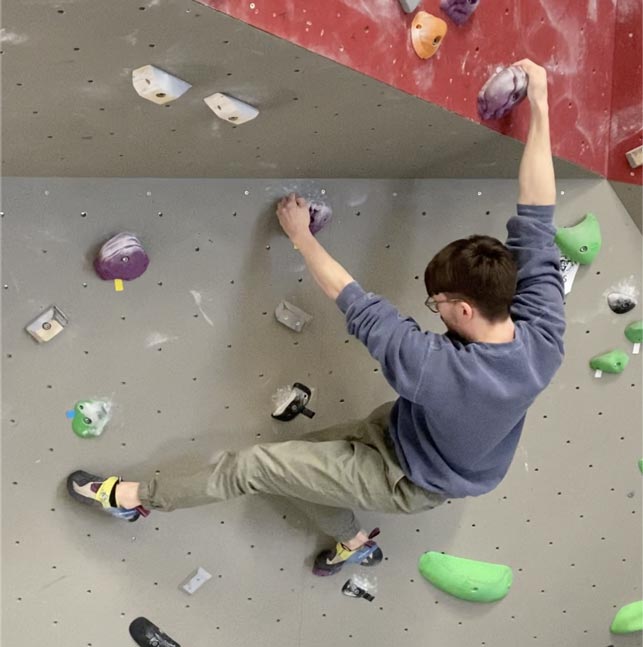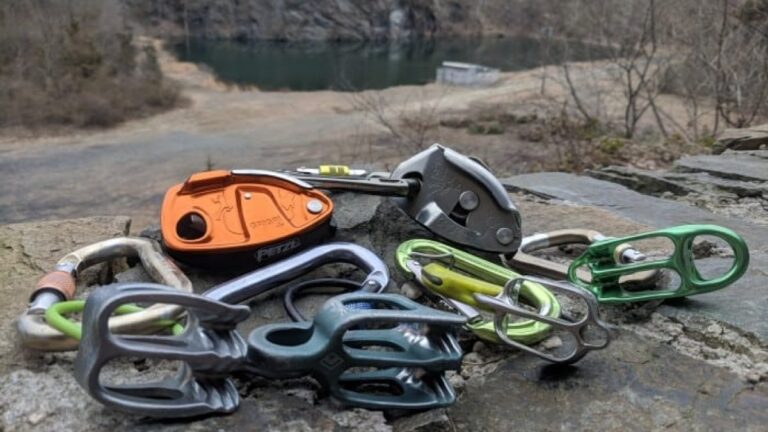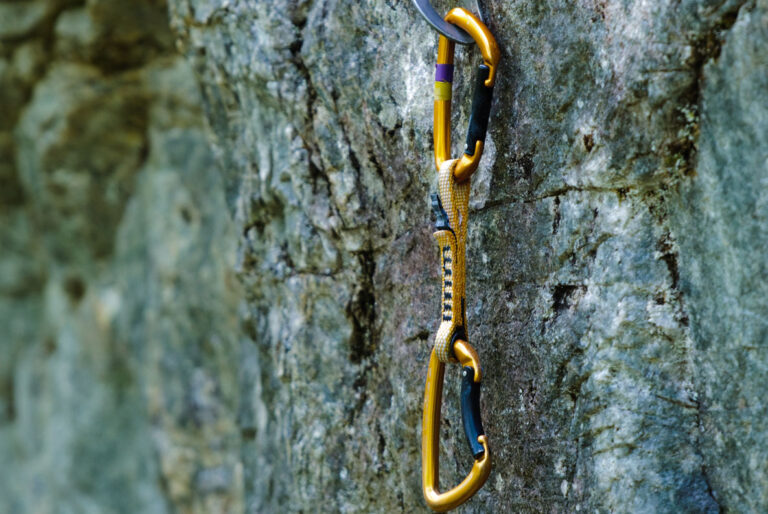Tips, Tricks and Drills for Indoor Climbing Technique
Developing good footwork, body posture and efficient movement is essential to becoming a more complete climber. It’s not enough to know this technique, you have to train it. Through regular practice, technical movements can become muscle memory, allowing climbers to gradually progress not only up a scale of self-esteem, but also as competent climbers.
By incorporating these exercises into your warm-up routine, you can become more aware of your body, balance, and wall control. In this article we’ll look at some technical exercises you can add to your warm-up routine to take your workout to the next level.
These exercises are not just for indoor climbing, they are useful for all types of climbers, but climbing machines are best for training.
Why do climbers use technical exercises?
Climbers use technical exercises to improve their climbing skills and technique. Technical exercises are used to highlight specific aspects of climbing and focus on improving them through repeated practice. With training, climbers can improve their footwork, posture, balance and other technical skills, which will help them climb more efficiently and with less effort.
Technical exercises are also useful for developing specific climbing techniques, such as dynamic or static climbing, and to prepare for different types of climbing, such as slabs or suspended poles. By practicing technical exercises, climbers can gain the skill, confidence and experience to tackle more difficult and challenging routes.
Using the exercises mentioned in this article during your warm-up will make it more fun and challenging. Because training takes time, you’ll likely start climbing with a warm body and reduce your risk of injury as you gradually prepare your body for more intense climbing later in training. Let’s talk about the benefits!
6 leg exercises for climbers
Ninja feet
Ninja feet are a fun and challenging climbing exercise that will help you improve the precision of your footwork. In this exercise you should try to get up in silence. If you accidentally hit a wall or make a noise when you put your foot down, you’ll have to start over.
This exercise encourages you to be very intentional and careful with your foot placement, which can lead to an improvement in your overall climbing technique. While it may slow you down at first, practicing Ninja Legs will help you develop a better sense of balance and control on the wall.
sticky feet
The Sticky Foot is a useful footwork exercise that will help you improve your accuracy and confidence on the wall. The goal of this exercise is to place your feet on supports and then leave them there without changing position. This can be a problem for climbers who have difficulty mastering precise footwork, as they may be tempted to move their legs to find a more comfortable and safe position.
However, sticky feet can help break this habit and encourage climbers to be confident and firm in their foot placement. By practicing this exercise, you may find it easier to find and maintain the ideal leg position, which will make your lifts smoother and more efficient.
Sticky ninja feet
Sticky Ninja Feet is a fun and challenging art exercise that combines the principles of Ninja Feet and Sticky Feet. This exercise can help you improve your footwork accuracy and overall climbing technique, as well as encourage you to be more alert and focused on the wall. In Sticky Ninja Foot you will have to climb silently and without moving your feet, just like in Sticky Foot. But we also have to position our feet very precisely, like ninja feet.
This exercise can be difficult and requires patience and concentration, but it can also be very rewarding once you understand how to do it. With practice, you may find that sticky ninja feet help you become more agile and efficient on the wall, relying more on technique than brute strength.
Additional steps
Climbing stairs is a smart footwork exercise that will help you become more efficient and precise in climbing. This exercise focuses on using your lower body while keeping your upper body suspended and your arms straight, which can help you conserve energy and improve your balance on the wall.

To practice lifts, you should try to do at least two or three kicking movements for each punch. This can include various foot techniques such as foot changes, steps and flags. The key is to get your legs to initiate the movement and focus on planting your feet while maintaining balance using as many outside or rear flags as possible.
During the entire exercise it is important to keep your arms straight and not bend them. With practice, you may find that taking extra steps will help you develop a more graceful and efficient climbing technique that relies less on upper-body strength.
Tampons, tampons and more tampons!
Finding rocks is one of those techniques we learn very early in indoor climbing. But have we really mastered it or learned the right way to implement it?

Mastering the shot takes practice and repetition. One way to train is to deliberately skip support points and rely solely on strikes. It is important to focus on heel pressure and increasing contact with the wall. By incorporating this exercise into your daily routine, you will become more confident in this basic movement.
Moving over
The crossover is a great exercise for improving footwork. This exercise can be performed on a traverse against a wall, as is done in some bouldering gyms, but you can also perform traverses alone, combining lateral pulls from different problems on the wall. All attention during the transverse exercise should be focused on the feet. Be precise and practice sticky ninja feet, practice your footwork and practice.
Keep your arms outstretched! Hold on and let your legs do the work for you.
Here are two movements to focus on during the transit.
Changing Shoes

Practicing moving your feet is essential to improving your climbing technique. Most beginner climbers take a short hop while maintaining a good grip to transition from one foot to the other; This works as long as the handles don’t get worse. Therefore, it is important to practice alternating legs during your warm-up.
To practice switching legs, use a fulcrum and force yourself to switch legs before reaching the next fulcrum. You can combine this exercise with external science, which will allow you to regain your balance using a support point.
Remember: reach the other side from where you are sending the signal.
Stepping Up

Mobility is more effective than leg switching, if available, because it requires less movement. This is another transition phase to transverse wall training.
5 balance exercises for climbers
Lock and hover
Lock off & Hover is a valuable technical exercise that will help you improve tension, balance and body control on the wall. The basic idea is to constantly stand up and use a blocking technique for every arm movement, but with an added twist: Every time you reach for an object, you have to move your hand over it for a few seconds before grabbing it.
This means you need to maintain a stable, stable posture with every movement, which is great for developing strength and control. This is a challenging exercise, so it’s best to start with the simplest problems and progress as you feel more comfortable.
mystical
Pairing is a great method used by many climbers, especially young and short ones, to improve their reach. This exercise requires you to match each hold and then continue. This way, you can use a related comment as a platform to move on to the next one, especially if this one isn’t available. By practicing matching exercises, you will be able to find useful pairings and use them when working on more complex methods or problems.
Listen, mom, no hands!
Climbing with one hand or even without hands is an advanced technique that can challenge even the most experienced climbers. This is a great way to improve balance, footwork and dynamic climbing skills.
For example, attempting a plank without using your arms can be an effective way to improve your footwork and balance.
Meanwhile, climbing vertical walls with one hand will force you to perform dynamic movements, which can help you improve your overall climbing technique. While this technique may seem difficult at first, it’s a great way to take your climbing to the next level.
muscle tension

Rotating or climbing inward with your hips (also called backstepping) is a basic technique that climbers should master, especially those who have difficulty negotiating overhanging terrain. This technique involves rotating your hips inward rather than looking forward in the breaststroke position. Although this method is most often used for hanging walls, it can also be useful on vertical surfaces.
By performing a technical exercise that focuses on twisting, you can challenge yourself to perform each movement from the hip position. With practice you will gain confidence and become more skilled at this basic climbing move and move on to the next level.
Putting up front
Unlike rotations, you should also practice climbing with square hips. Some people prefer unexpected turns of events, while others prefer more confrontation. Either way, you need to master both to become a more proficient climber. Depending on your preferences, you may need to focus more on one or the other during climbing exercises.
Static or dynamic
As someone who prefers an explosive climbing style, static and dynamic exercises are some of my favorites. In this exercise you will choose a path, statically climb it a few times (to perform the movements correctly), then perform each movement dynamically in multiple attempts. Then you try to reconcile the two and find the most efficient way to reach the top.
This is a great exercise because most climbers tend to be either very static or very dynamic. It’s always good to practice counterattack techniques, and this is an ideal exercise that requires just that. Try it on simple stones first before moving on to more difficult problems. What is your best achievement in terms of countertop style?
Developing Our Climbing Skills
We climbers have technical moves that we excel at and other moves that we excel at. For example, someone might have amazing technique and be a very effective climber, but have difficulty using heel hooks. In many cases this is due to impeding movement, often to the point of avoiding problems with rocks that would require heel hooking.
It is these tendencies that prevent us from progressing and instead lead to stagnation. Maybe he suggested some kind of technical step. Or even some movement. Often, struggling with these movements prevents us from increasing our maximum score. We must therefore face them head on.
During each warm-up, I suggest you start by adding technique-focused exercises. Why only one? Because more movements will overwhelm us and also because we want to focus all our attention on improving our technique.
Here are three key steps to follow.
Improved heel hook
The heel hook is a versatile technique that can be used in a variety of circumstances. This movement is not only used to maintain balance on the wall, but can also be used to exploit new positions using the active heel.
This technique is often misunderstood and underutilized among beginner and intermediate climbers. Changing this requires constant practice (or training). During these exercises it is advisable to abuse the heel hook when it is not strictly necessary.
Use your heels to maintain balance, use them to balance on one leg, and get comfortable with this technique. You will find that with repeated use you will not only improve your bead hooks, but you will also find them looking more natural on the wall, which will definitely take your bead hooks to the next level.
Increasing Deadpoint Drilling’s Explosiveness
Many climbers regularly climb everything. Especially beginners and big climbers with big wings. But the constant climb has its limits, as some obstacles always remain out of reach. Static climbing is also less effective than dynamic climbing.
This is why it is important to learn to move more dynamically. Short climbers tend to learn this first, but taller climbers will also benefit from a neutral position.
Deadpoint: After an explosive move, you float for a while before reaching the target, this is called a stall.
A good way to get out of the crowd is to practice on light rocks where you can reach the tractor. Instead of taking the next available hold, try taking a farther hold. You will notice that by practicing the same task you will get better and better.
Final thoughts
I hope this article has convinced you of the importance of performing technical exercises to improve your climbing or climbing skills. The exercise should be part of every climbing workout. I promise you that exercise is much better for your progress as a climber than rock climbing without technique. We hope you have found inspiration and started doing regular training exercises while climbing.
Also take a look at our other articles on climbing technique or continue reading about indoor bouldering.







